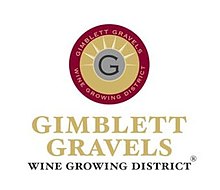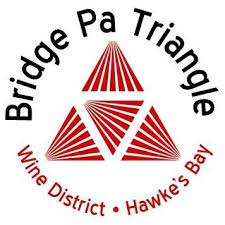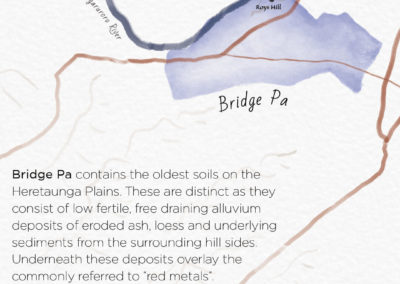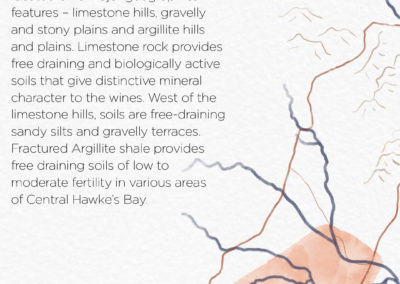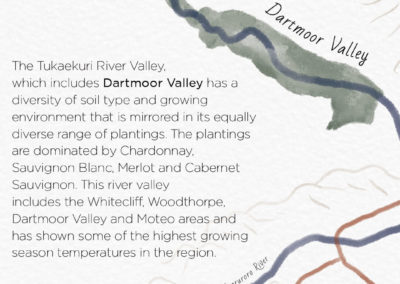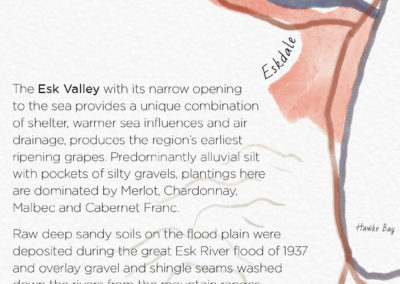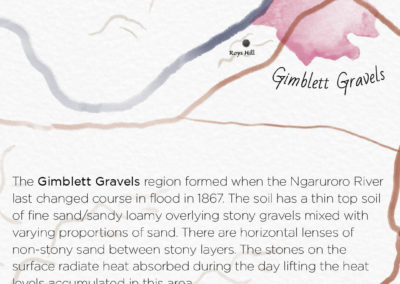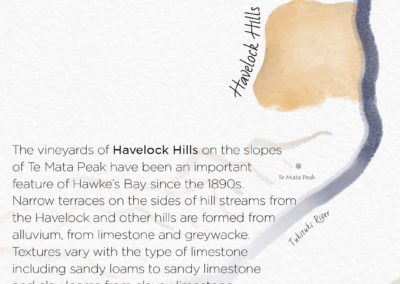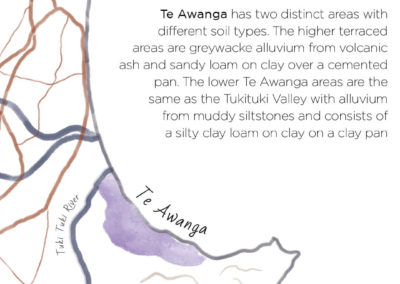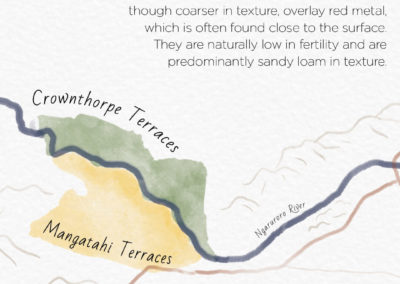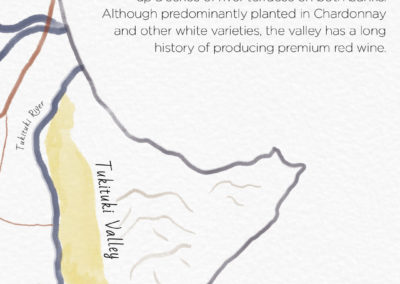Sunny Hawke’s Bay
New Zealand’s
second largest wine region
Abundant source of fine wine since 1851
Hawke’s Bay’s well established wine tourism trail also showcases the region’s Art Deco architecture (mainly in Napier city) and artisan producers.
Hawke’s Bay’s benign climate and high sunshine have long established the region as ideal for fruit growing. Vines were first planted in 1851 by Marist missionaries (their legacy is Taradale’s historic Mission Winery) and Hawke’s Bay enjoys a significant international reputation for producing some of the country’s best wines, red and white.
A relatively large and diverse region capable of producing a wide range of varieties to a very high standard, Hawke’s Bay is best known for its Red Blends and Chardonnay but aromatic whites are consistently good and Syrah is incredibly impressive.
The climate and lengthy growing season also allows regular production of successful dessert styles. New varieties are continually trialled.
The numerous wineries and vineyards encompass both large multi-regional entities and tiny family-owned boutique producers; all share a commitment to making great wine.
With its lengthy history and verdant, productive landscape, Hawke’s Bay is home to an outstanding wine tourism culture and offers a wide variety of cellar door experiences as well as regular food and wine festivals.
Climate
Very sunny, with heat summations somewhere between Burgundy and Bordeaux, the maritime influence tempers hot summer days and permits a long growing season. The surrounding high country offers wind protection though frost can be an isolated risk in some inland areas. Cooler, wet weather can occasionally pose problems in the growing season but free-draining soils help reduce its impact.
Soil
The legacy of four major rivers’ historic meanderings, Hawke’s Bay is a virtual kaleidoscope of soil types, creating significant impact on viticulture and wine styles. The densely planted plains are alluvial over gravely subsoils: Havelock has more sandy loams over clay pans while Hastings is surrounded by loamy clays.
Red metals and famously arid, stony Gimblett Gravels are noteworthy features; the surrounding rolling hill country is clay and limestone-based. Bridge Pa contains the oldest soils on the Heretaunga Plains. These are distinct as they consist of low fertile, free draining alluvium deposit or eroded ash, loess and underlying sediments.
Scroll
Our part of the world
Hawke’s Bay
sub-regions
Hawke’s Bay’s temperate climate and plentiful sunshine make the region ideal for fruit-growing.
Closed - keep empty
Coastal Areas
The two grape growing areas located directly on the coast enjoy the most dramatic effects of the temperate climate and long growing season. The gravelly soils of Bay View in the northern Esk River Valley area and Te Awanga in the South have achieved recognition for premium Chardonnay and early ripening reds, including Pinot Noir.
Although the maritime influence of the Pacific Ocean extends into much of Hawke’s Bay, the two grape growing areas located directly on the coast enjoy the most dramatic effects of the temperate climate and long growing season.
Hillsides
Increasingly explored for the differences offered in soil and altitude, hillsides also assist with frost protection for the inland sites and are predominately planted in red varieties. Long established around Havelock North, hillsides in the Maraekakaho and Bay View sub-regions produce stellar wines, and as vines march inland, the Central Hawke’s Bay limestone hills are yielding promising aromatics and Pinot Noir.
Alluvial Plains
Established early and now widely planted, the plains vary as much in soils and meso-climes as they do in varieties and styles.
River Valleys
Running across Hawke’s Bay, from the sheltering inland ranges in the West to the sea in the East, are four rivers which have over time created a huge diversity of grape growing sites. These sites have provided sheltered environments, with variations in altitude, aspect to the sun and variations in soil type. Fine examples of premium Chardonnay, Sauvignon Blanc, Pinot Gris and Pinot Noir are sourced from the higher altitude sites.
Central Hawke's Bay
Inland at an altitude of up to 300 metres Central Hawke’s Bay vineyards are characterised as being cooler areas showing potential for Sauvignon Blanc, Pinot Gris and Pinot Noir.
Our key varietals
Merlot
Bordeaux style blends are highly successful, producing wines of great power, elegance and longevity. Merlot is increasingly the higher percentage in blends, offering rich, plummy depths.
Chardonnay
Wines are full-bodied, lengthy, almost opulent but with finely-tuned acidity balancing the richness.
Sauvignon Blanc
Rich, tree fruit-laden wines, underpinned by bright acidity, they often see a degree of oak fermentation or maturation.
Pinot Gris
Aromatic, spicy, bold ripe wines with balanced acidity and good body.
Syrah
Wines are perfumed, elegant with ripe fruit, supple tannins and lingering spice.
Pinot Noir
Varietal aromatics of cherry, berry fruits, plum, florals and spice, through to more savoury and earthy examples, all with beautifully soft and supple tannins and great richness of flavour.

